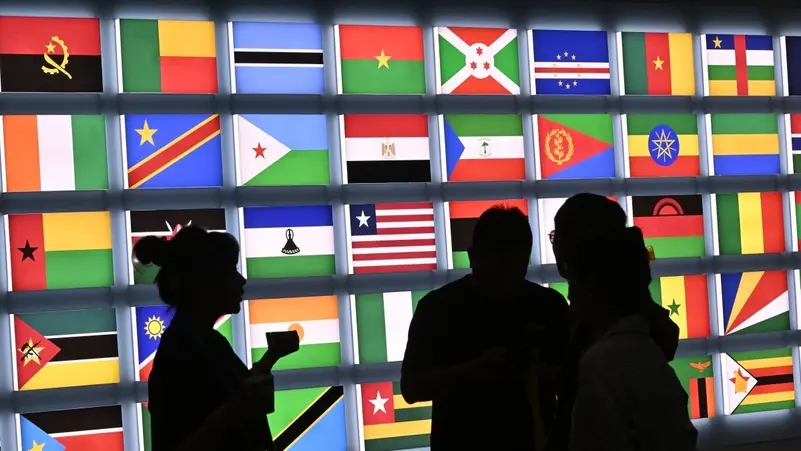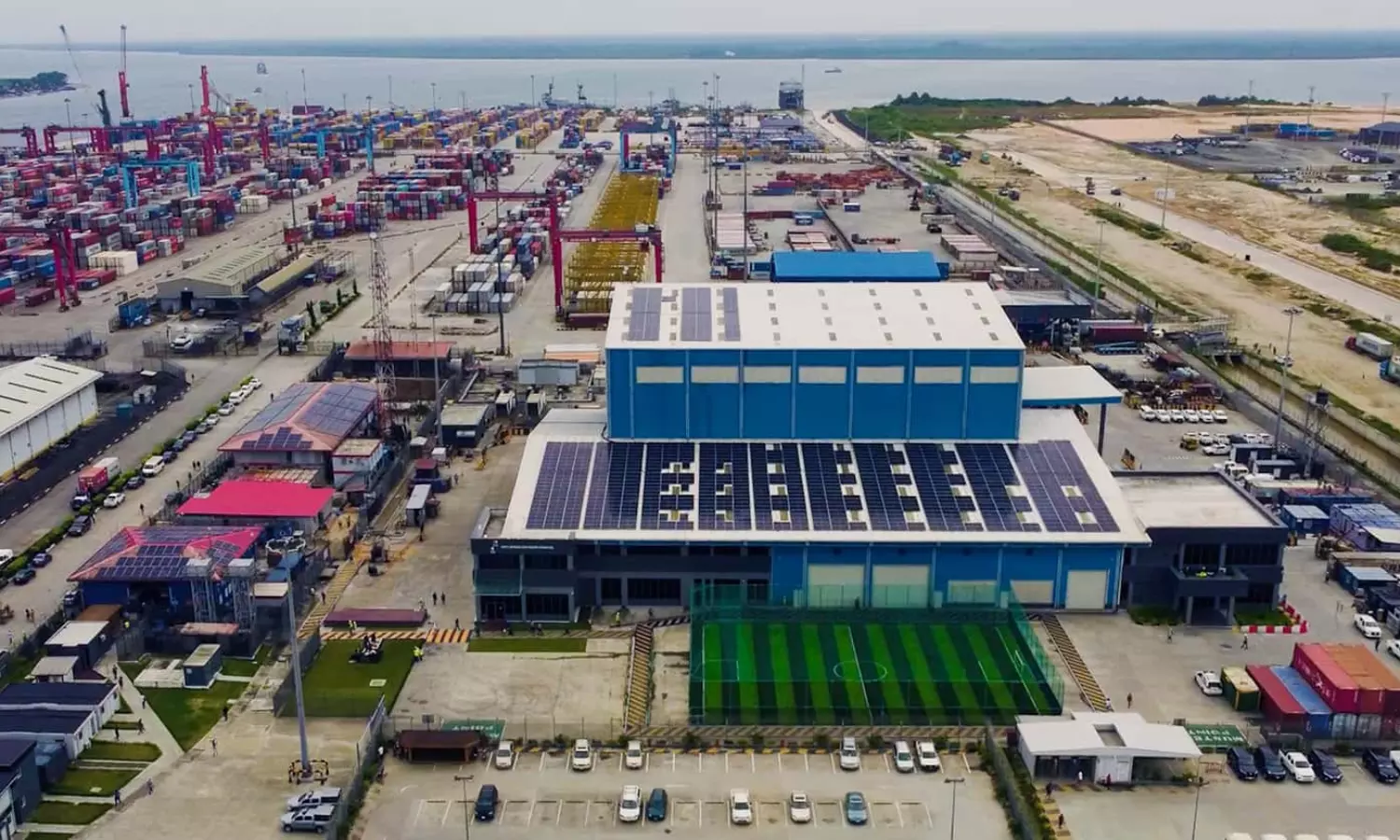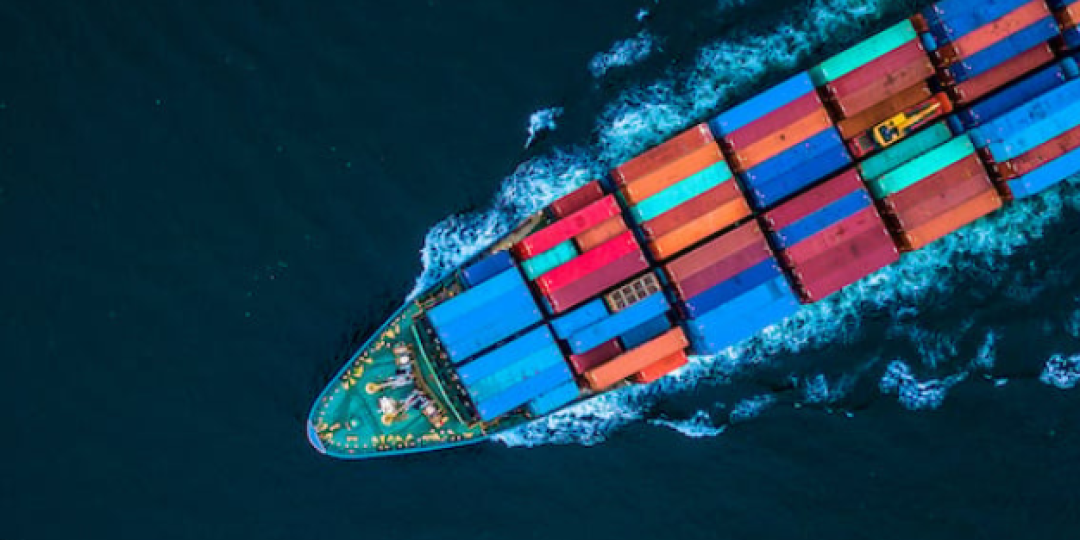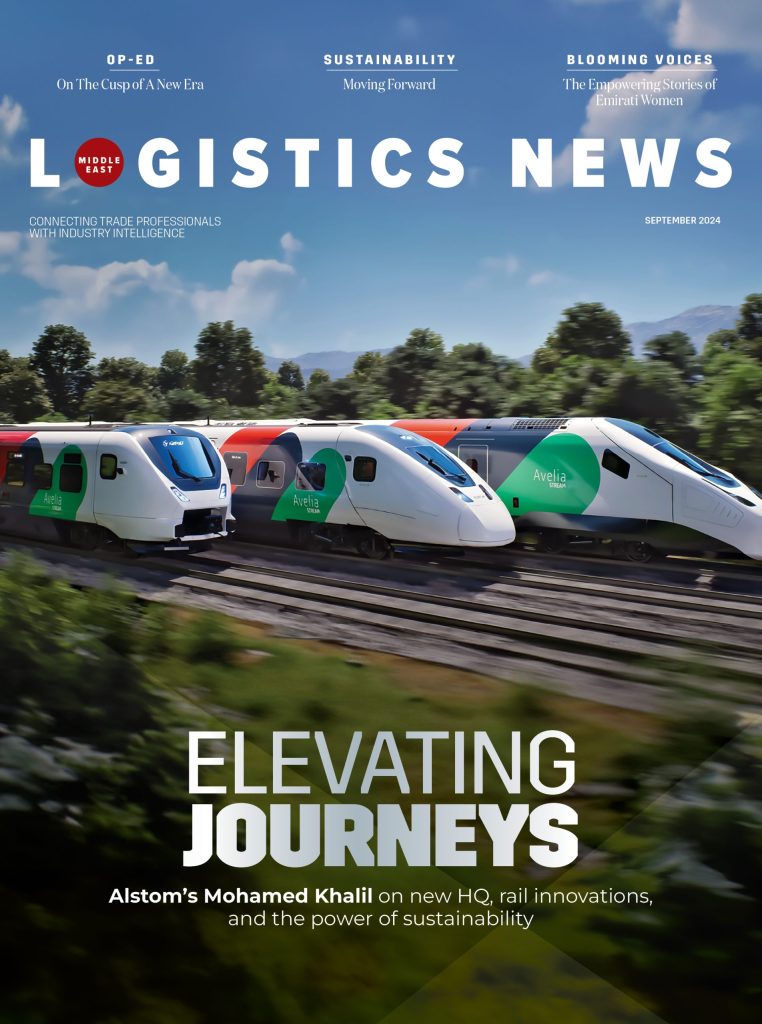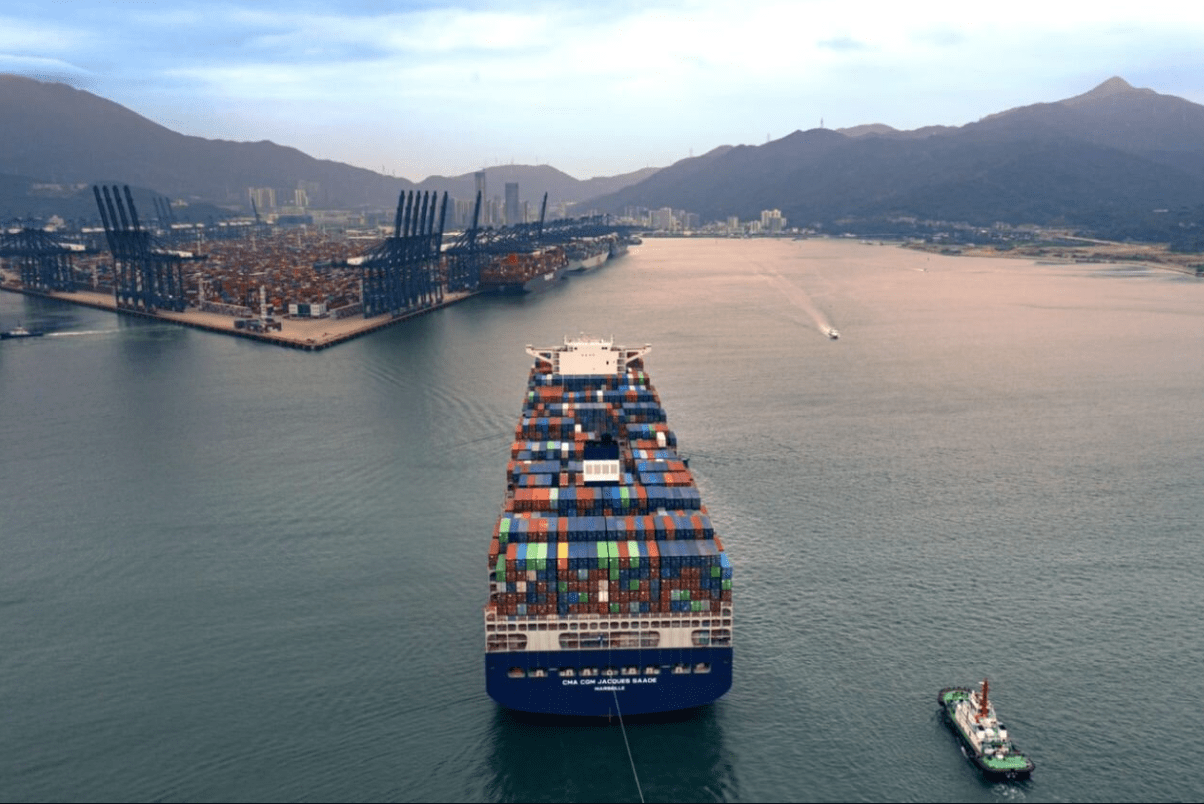Logistic

Saudi Global Ports consolidates Eastern Coast logistics in latest move
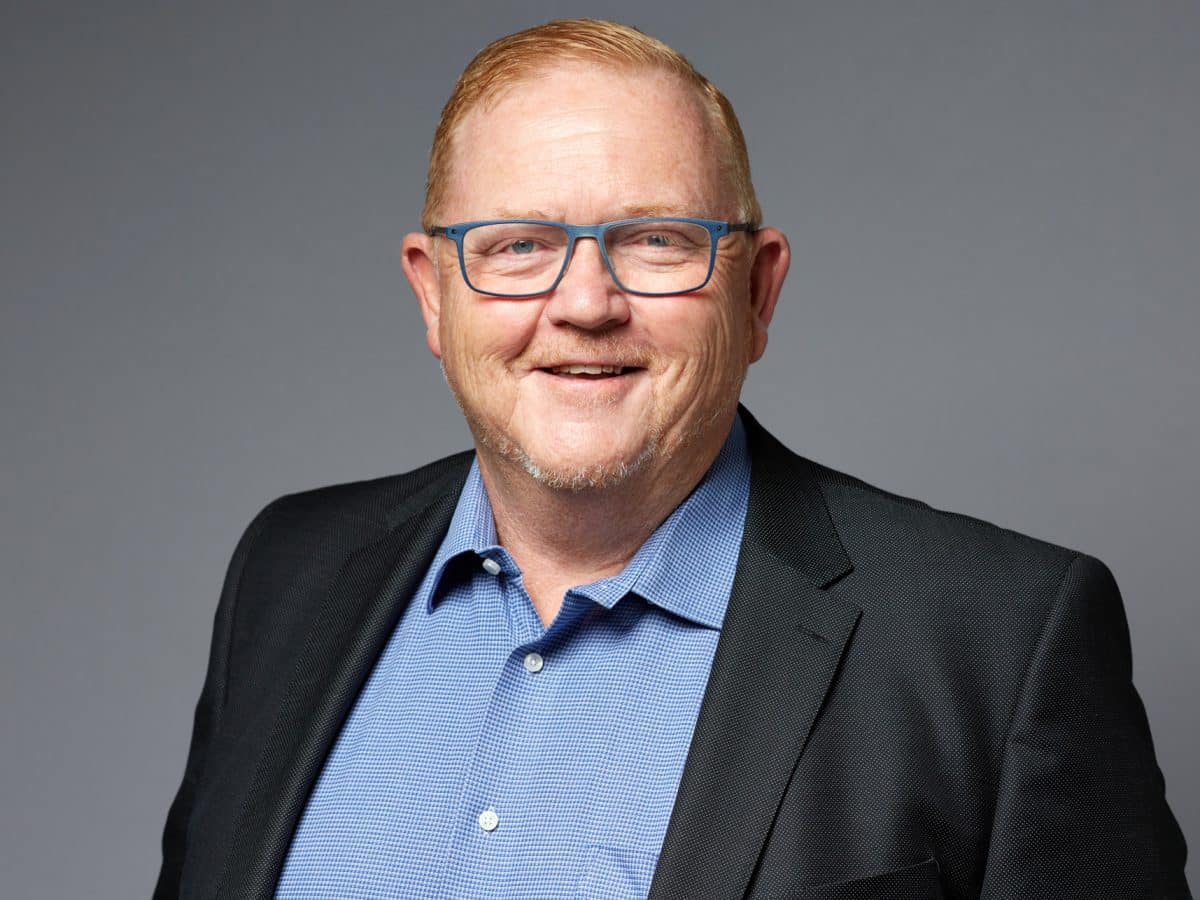
When Saudi Global Ports (SGP) assumed operatorship of four multipurpose terminals along the Kingdom’s Eastern Coast on 1 July 2025, it marked a strategic leap toward national logistics integration in Saudi Arabia.
“This is the next step in a journey for Saudi Global Ports,” said Rob Harrison, CEO of the company, in an exclusive interview with Logistics Middle East. “It fits wonderfully into our strategy and helps us cement our footprint in the Eastern Province.”
Under a 20-year concession awarded by the Saudi Ports Authority (Mawani), SGP will operate the Multipurpose Terminals at King Abdulaziz Port Dammam (KAPD), Jubail Commercial Port, King Fahd Industrial Port Jubail, and Ras Al-Khair Port. These facilities will now operate as a unified entity under the umbrella of SGP Multipurpose Terminals (SGPMP), adding a fourth pillar to the group’s growing ecosystem.
The four-pillar strategy
SGP’s presence in the Kingdom is already substantial, with deep-sea container terminals at King Abdulaziz Port Dammam, the Riyadh Dry Port ecosystem, and the upcoming Dammam Integrated Logistics Zone. The addition of these four multipurpose terminals is a deliberate move to create a connected and scalable logistics corridor from the coast to the capital.
“We already have quite a significant asset base,” said Harrison. “This is the fourth pillar in this overall strategy. It gives us a nice coverage of the East Coast as an access point into the Kingdom.”
Together, these assets enable SGP to offer ports and logistics services spanning breakbulk, containers, rail, warehousing, and last-mile distribution.
Why integration matters
While the terminals are currently operational, SGP’s value-add lies in optimisation and standardisation. “Most of the activities are actually quite well-run,” Harrison acknowledged. “But there are one or two areas that need a bit of attention, and that’s where we bring value.”
By consolidating four terminals under one operating model, SGP aims to drive both customer service and workforce efficiency. “Instead of operating them as four individual units, we can now bring service levels up to customers and offer them optimised deployment,” Harrison explained. “If we have a group that’s dedicated to a vessel, we can now ask: how can we optimise both for the customer and for the workforce?”
Such integration allows SGP to introduce shared systems, harmonised digital interfaces, and uniform processes, all backed by global expertise from PSA International, SGP’s technical partner.
Fuelling the giga-economy
Saudi Arabia’s Eastern Coast is the launchpad for many of the Kingdom’s giga-projects, from industrial hubs to world-scale entertainment and infrastructure developments. SGP is positioning itself to serve the full cargo lifecycle of these megaprojects.
Using the example of a stadium construction for the upcoming FIFA World Cup in 2034, Harrison explained the transition, “The first phase is about building infrastructure—steel, cement, air conditioning units—which is all breakbulk. Then, it shifts to smaller items, things that go into containers. And once it’s operational, it’s the consumables. That’s where warehousing comes in.”
This evolution from bulk to container to distribution is exactly what SGP’s integrated asset model is designed to support.
Connecting to Riyadh and beyond
The Riyadh Dry Port, already a key part of SGP’s portfolio, adds a vital inland dimension. Harrison views Riyadh not only as a major consumer hub but also as a future export and industrial centre aligned with Saudi Arabia’s localisation agenda.
“Cargo could get discharged in Dammam, and then sent to Riyadh”, he said. “It all fits together. We have control over those various assets on the back end.”
While regional rail integration remains aspirational, Harrison believes the Dammam–Riyadh corridor offers immediate impact. “We already have an established rail network, and that’s where we’ll focus. It’s probably a quick win for us in terms of connectivity,” he said.
Vision for sustainable growth
With an approximate investment of more than $187 million earmarked for the Multipurpose Terminals, SGP isn’t looking to reinvent operations with flashy technology. Instead, Harrison emphasised productivity and consistency. “It’s not that we’re bringing new technologies that are wonderfully off the wall,” he said. “It’s about investing in the basics, such as equipment, systems, and services.”
Notably, the long-term concession enables these investments to deliver lasting value. “Twenty years is a long time, but for us, we are long-term players,” said Harrison. “It allows us to invest assets in the ground, which is key.”
Backed by a strong financial structure, including majority shareholder Public Investment Fund (PIF), SGP is not under pressure to choose one investment over another. “We’re fortunate enough that we don’t have to pick A over B. We can pick A and B,” he said. “As long as these investments exceed our weighted average cost of capital, we will do them.”
A gateway to the Kingdom
Ultimately, Harrison sees SGP’s operations as a platform for national transformation and private sector partnership.
By consolidating terminals, modernising equipment, and linking coastal assets to inland distribution, SGP is creating a fully integrated logistics ecosystem designed to support Saudi Arabia’s ambitions for industrial expansion, economic diversification, and global trade leadership.
“With this ecosystem in place—container terminals, multipurpose terminals, rail connectivity, and the Dammam Integrated Logistics Zone—we can offer a more holistic solution,” Harrison said. “It’s all about unlocking reliable, innovative, and sustainable supply chain solutions.”
SGP’s model reflects the logistics backbone required for giga-projects, smart cities, advanced manufacturing zones, and regional distribution hubs, critical elements of Saudi Arabia’s Vision 2030 roadmap.
As Harrison concluded, “We’re long-term players. We’re here to build something that endures and delivers value for our customers, our shareholders, and the Kingdom.”



